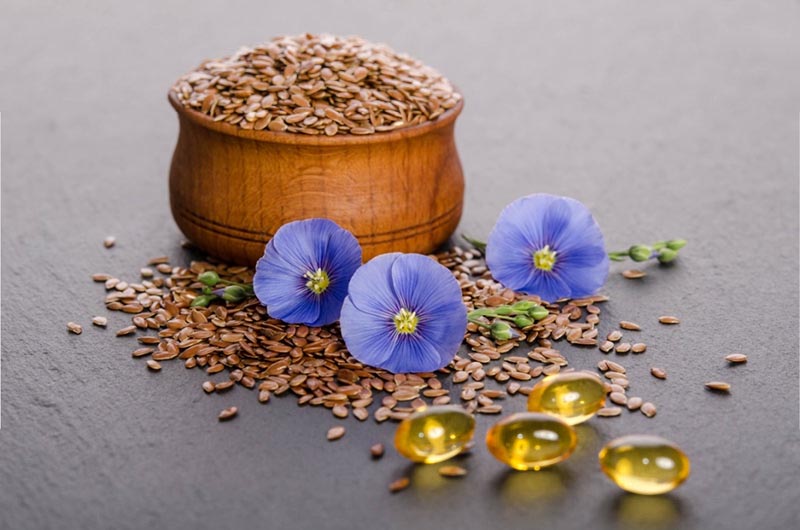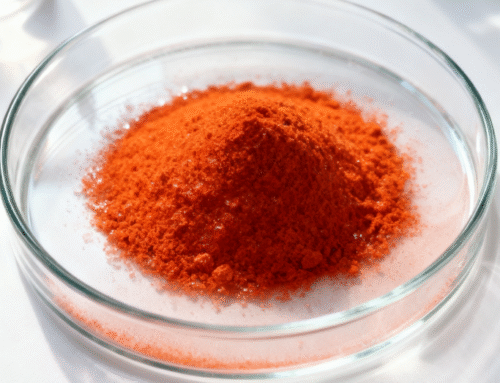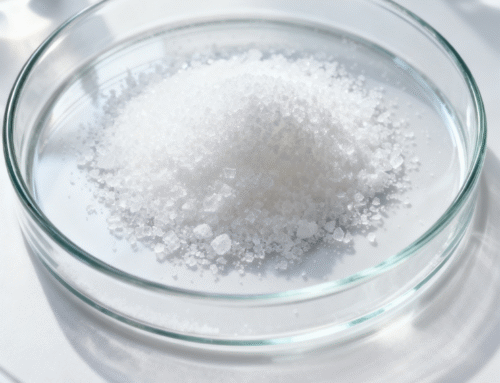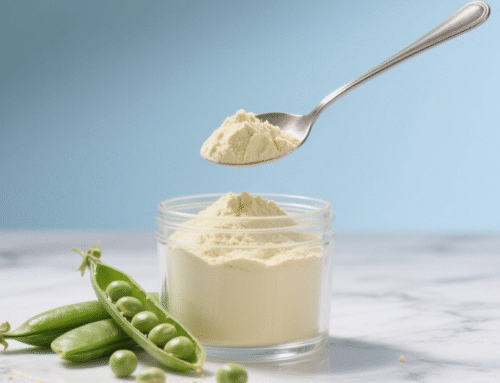Popular Science Small Class Begins
Everyone is afraid of cancer, but don’t be afraid, early detection, early treatment, early intervention with drugs.
So, what do you know about cancer-fighting substances?
Don’t worry, everyone can come to class and learn about today’s protagonist-diosmin.
What are lignans?
Lignans are plant polyphenols that are oxidized from phenylalanine to cinnamylic alcohol, and the dimerization reaction of cinnamylic alcohol produces lignans.
There are many types of lignans in the plant kingdom, and only lignans are discussed here, which are structurally similar to human estrogen.
The flax lignan is called secoisolaricirexiglycoside. It is a phytoestrogen very similar to human estrogen.
Flax lignans are mainly found in flax seeds and their content depends on the flax species, climatic conditions, and environmental conditions. have lignans.
Metabolism of Lignans
Based on in vitro culture of human fecal flora and animal feeding experiments, the metabolic pathway of lignans has become somewhat clear. In the intestine, secoisolaricol forms the glycoside enterodiol and enterolactone.
Metabolites of lignans accumulate in the liver, kidneys, pancreas, and liver and are excreted in the urine as glucuronide conjugates. Therefore, there is no need to worry about the negative effects of lignans.
Anti-cancer effects of lignans
1. Breast Cancer
Studies have shown that lignans can inhibit ovarian estrogen synthesis by simultaneously affecting three estradiol synthases, thus reducing the risk of breast cancer.
Furthermore, studies have shown lower lignan excretion in women with breast cancer and urinary enterolactone excretion below 1.5μmol/24h indicating an increased risk of developing breast cancer.
People who eat less foods with lignans have an increased risk of breast cancer.
People who eat foods low in lignans have an increased risk of breast cancer (2 to 5 times).
2. Prostate Cancer
Prostate cancer is the most common hormone-related cancer among Western men, according to the study. In Asia, particularly the Far East where soybeans are used, the disease is rare.
Studies have shown that lignan enterolactone can reduce human prostate-specific antibody levels.
The enterolactones of lignans also have an inhibitory effect, which reduces the conversion of testosterone, which reduces the estrogenic effects on prostate cancer cells and reduces the growth of prostate cancer cells.
3. Menstrual Syndrome
About one-third of women around the world experience menopause as a result of estrogen deficiency.
People take HRT for prevention, but long-term use can increase the risk of breast cancer. So people are naturally drawn to the phytoestrogens found in plants.
4. Lignol Osteoporosis
Women experience rapid bone loss due to low levels of estrogen during menopause.
Bone loss can be prevented if hormone replacement therapy is used years before clinical menopause.
Studies have shown that phytoestrogen intake is positively correlated with its urinary excretion.
5. Prevention and Treatment of Geriatric Diseases
Studies have shown that lignans are beneficial in the treatment of diabetes, gastrointestinal tumors, and heart disease.
The presence of lignans
Flax seeds are rich in vitamin E and flax is the highest lignan-rich plant in the world.
As an extract ingredients, you can trust it completely. It exists naturally and is a health foods and supplements.
So, as a cancer fighting product, what else would you like to know?
Welcome to xianherb.com to learn more.






Leave A Comment